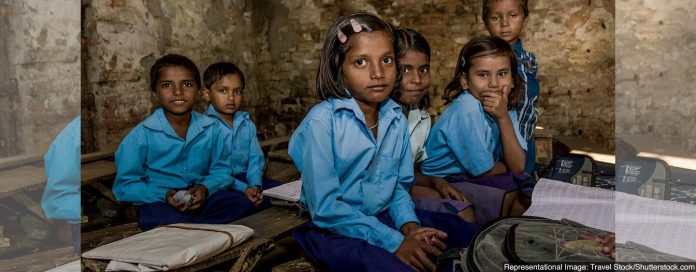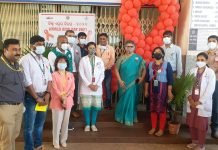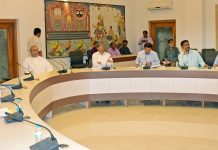Bhubaneswar: According to the 2011 Indian census, there are 81,44,012 rural homes, of which 29,27,122 (36%) have electricity and 52,890 (48%) do not (64 percent ). Aside from power, bad phone and internet infrastructure in rural regions is a major issue. More than 20% (11,000) of Odisha’s villages lack cellphone coverage (Economic Survey, 2018-19). According to the School and Mass Education Department, almost 2 million kids (33%) take online programs. However, secondary sources show that just 0.6 million children have benefited from the project. School and Mass Education reports that at least 80% of such parents lack smartphones in Malkangiri, Kandhamal, Nabarangpur, Rayagada, and Deogarh. In Kandhamal and Malkangiri, 40% of parents do not own a phone. The affordability of a new smartphone is a concern for disadvantaged parents. According to the SDG India Index Baseline Report 2018 by Niti Aayog, 32.59 per cent of Odisha’s population lives in poverty. It is time to review the state of inclusive education in Odisha’s remote tribal hinterlands. Lack of multilingual education has numerous repercussions, including significant dropout rates among indigenous students. UNESCO’s Stefania Giannini said pandemics could raise dropout rates, particularly among adolescent girls. And it will raise the danger of sexual exploitation, early pregnancy, and forced marriage. The Covid-19 pandemic has resulted in an upsurge in child marriages in Odisha. In 2020, 1,108 child marriages were halted vs 657 in 2019. Ganjam had the most (125), followed by Nabarangpur (111), and Malkangiri (90). According to a government strategy paper developed with UNICEF and UNFPA, poverty is one of the primary reasons families choose child marriage in Odisha. For the benefit of the children from underprivileged sections, certain institutions and non-governmental organizations, including UNDP, UNICEF, Kalinga Institute of Social Science (KISS), Sikshasandhan, the women and child department, and ActionAid have expanded their work to develop response mechanisms for educating and coping with the socio-economic condition.
The government should also include children in creative activities with educational non-profit groups to keep them engaged. If the government undertakes this effort, fewer kids will drop out. It is now apparent that the pandemic will continue. Thus, the state should create remedial programs for public school students. Nurturing and enriching young minds will have a lifetime influence on reducing educational disparities.
by: Dr. Arpita Mishra
e-mail: arpita09india@gmail.com



















